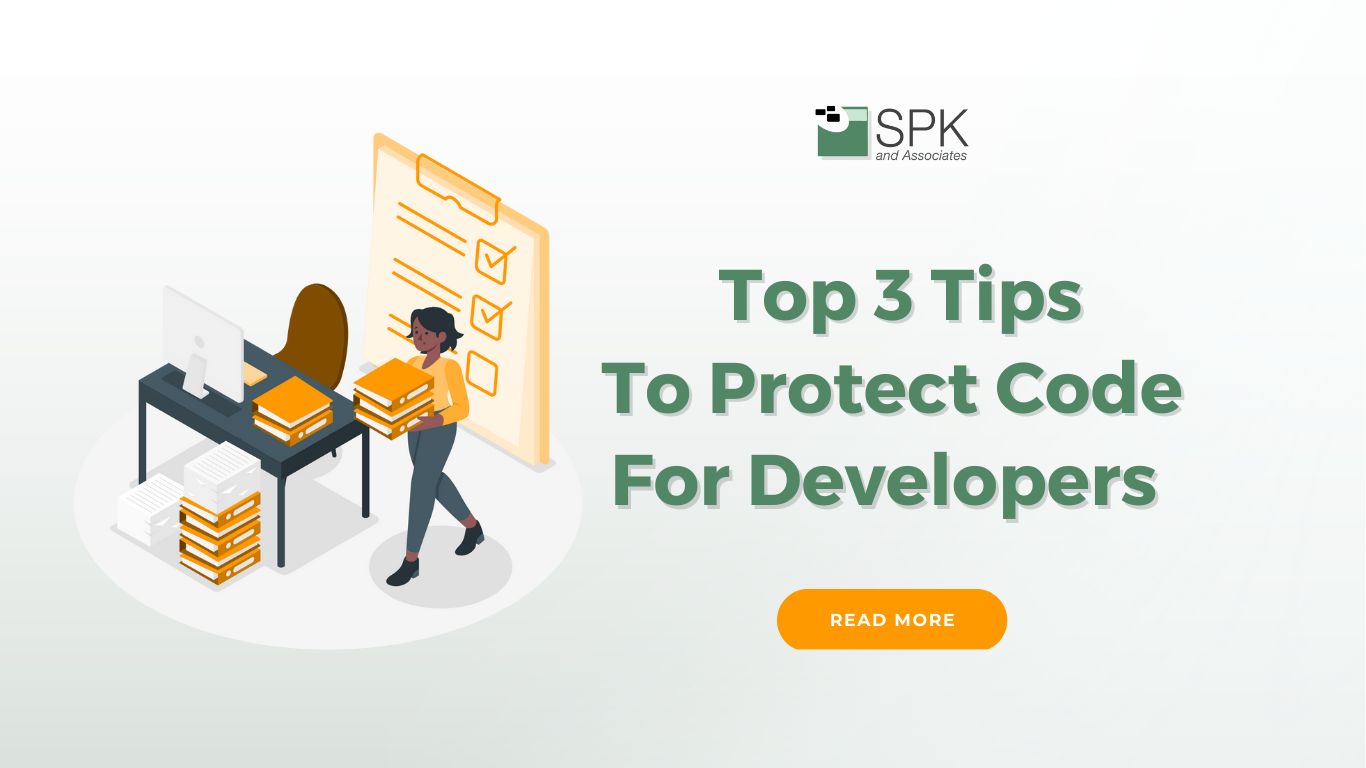When it comes to knowing how to protect code for developers, it’s as valuable as gold in an old safe. The risks are high as attackers becoming wiser, and that precious code is at risk from evolving technology too. That’s why in this article, we’ll share a few tips protect code that have helped our own other customers at SPK to have secure and stable products.
Is It That Important To Protect Code For Developers?
The Splunk State of Security 2022 shows that 78% of security and IT leaders say remote workers are harder to secure. Additionally, it shows that 65% of organizations have reported an uptick in attacks during the pandemic. Also, over 8,000 vulnerabilities were reported to the NVD database in Q1 of 2022 alone. That’s a 25% increase compared to Q1 of 2021. The reality is, attacks will continue to happen. And as more software is built for almost any industry, the vectors that can be attacked by a malicious actor will escalate proportionally too.
If that isn’t alarming enough, it is estimated that 42% of internet-facing applications have SQL injection errors. These include problems like cross-site scripting vulnerabilities, remote execution errors, and sensitive file disclosure flaws.
With all of the threats possible, it reminds me of Dorothy in the Wizard of Oz saying “Lions and tigers and bears, oh my!”. So, what assistance can be introduced to support the architecture of a secure software delivery process? And still, ensure that it will guarantee high quality and a secure product? Let’s explore more on how to protect code for developers.
1. Protect Code For Developers: What is Static Code Analysis?
Static code analysis (sometimes called source code analysis) is the process of testing your software without running the application.

Static code analysis tools can:
-
-
- Scan all code in a project and seek out vulnerabilities.
- Validate code against best practices
- Potentially validate against company-specific project requirements.
-
Through the automated searching of your code for common problem patterns, you can address issues before the customer sees them. You may also hear the term Static Application Security Testing or SAST, which summarizes the same method described.
SAST supports compliance with data protection laws including:
-
-
- The Health Insurance Portability and Accountability Act (HIPAA)
- The Payment Card Industry Data Security Standard (PCI DSS).
-
These governance standards are important for many businesses, and the risk from changing systems, or tools has the potential to open up issues that violate these standards. Thus, many companies have a hard time evolving into more common SDLC and DevOps practices because of these limitations.
2. Protect Code For Developers: What is Dynamic Application Security Testing?
Dynamic Application Security Testing (DAST) is the process of analyzing a web application through the front end to find vulnerabilities. It does this through simulated attacks from the “outside in” by attacking an application like a malicious user would. After a DAST scanner performs these attacks, it looks for unexpected results within the set to identify security vulnerabilities.

Some of the benefits of the DAST approach are that your tests are independent of the application being tested. It finds immediate vulnerabilities that could be exploited and does not require access to the source code itself. However, it does require the application to be live in an environment. Undoubtedly this could be time-consuming… Also, the tests being run find the vulnerability, but not necessarily the code that exposes the vulnerability. Therefore, it does require further context and research to find the piece of code that needs updating.
3. How To Secure And Protect Code For Developers Effectively
There are several ways you can explore to start protecting code effectively and secure it. But, whilst there are multiple methods, some are better than others given the technologies involved. That’s why we’ve created our top three tips three to secure your code below.
Tip 1: Take a spell-checker approach to running static analysis
Our first tip to protect code for developers focuses on the spell-checker approach. Traditionally, static analysis is done late in the development-test cycle. Often, it is a check-box exercise for regulated industries.. But, by the time the report reaches the engineer responsible for making the correction, the code base has evolved. Now, the engineer requires further time to refamiliarize themselves with the context of the error.
Solution
A better scenario would be if the developer could see the issue flagged immediately while they are coding. Think of the way a spell-checker works. Tools which provide IDE based static analysis offer a solution. For example, Klocwork from Perforce offers Klocwork on-the-fly analysis. It has plugins for popular IDEs including:
-
-
- Microsoft Visual Studio.
- Eclipse.
- IntelliJ.
-
Local code changes made using the Klocwork plugins provide immediate differential analysis results within IDEs. Other IDE integrated static analysis tools include Secure Code Warrior’s Sensei and IntelliJ IDEA Code Inspections.
Tip 2: Integrate static analysis as part of your continuous Integration (CI) process
Once your code is checked into your SCM system, a build and test cycle is automatically launched. There are several analysis tools that integrate with CI tools such as Bamboo and Jenkins which can be run as part of the test suite. Sonarqube with Jenkins is a popular integration. It uses Sonarscanner (available as Jenkins and Maven Plugin) to scan the code. Coverity is another highly rated static analysis solution which is able to integrate into Jenkins, Gitlab and Azure DO pipelines.
Tip 3: Add Security Checking as part of your static analysis process
Static application security testing (SAST) checks your source code for security vulnerabilities. Common vulnerabilities include buffer overflows. XML external entity (XXE) attacks, SQL injections. For web applications static analysis covers:
Conclusion
Cybersecurity risks and threats are all too real in the modern age. And they don’t just cause a headache. They can cause downtime, reputational damage, monetary loss, competition edge and more. That’s why it’s critical to integrate cybersecurity and code protection best practices within your company’s policy. If you would like a cybersecurity assessment on your infrastructure, or would like to discuss how we can provide you cybersecurity managed services, you can contact our expert team here for a no obligation discussion.






